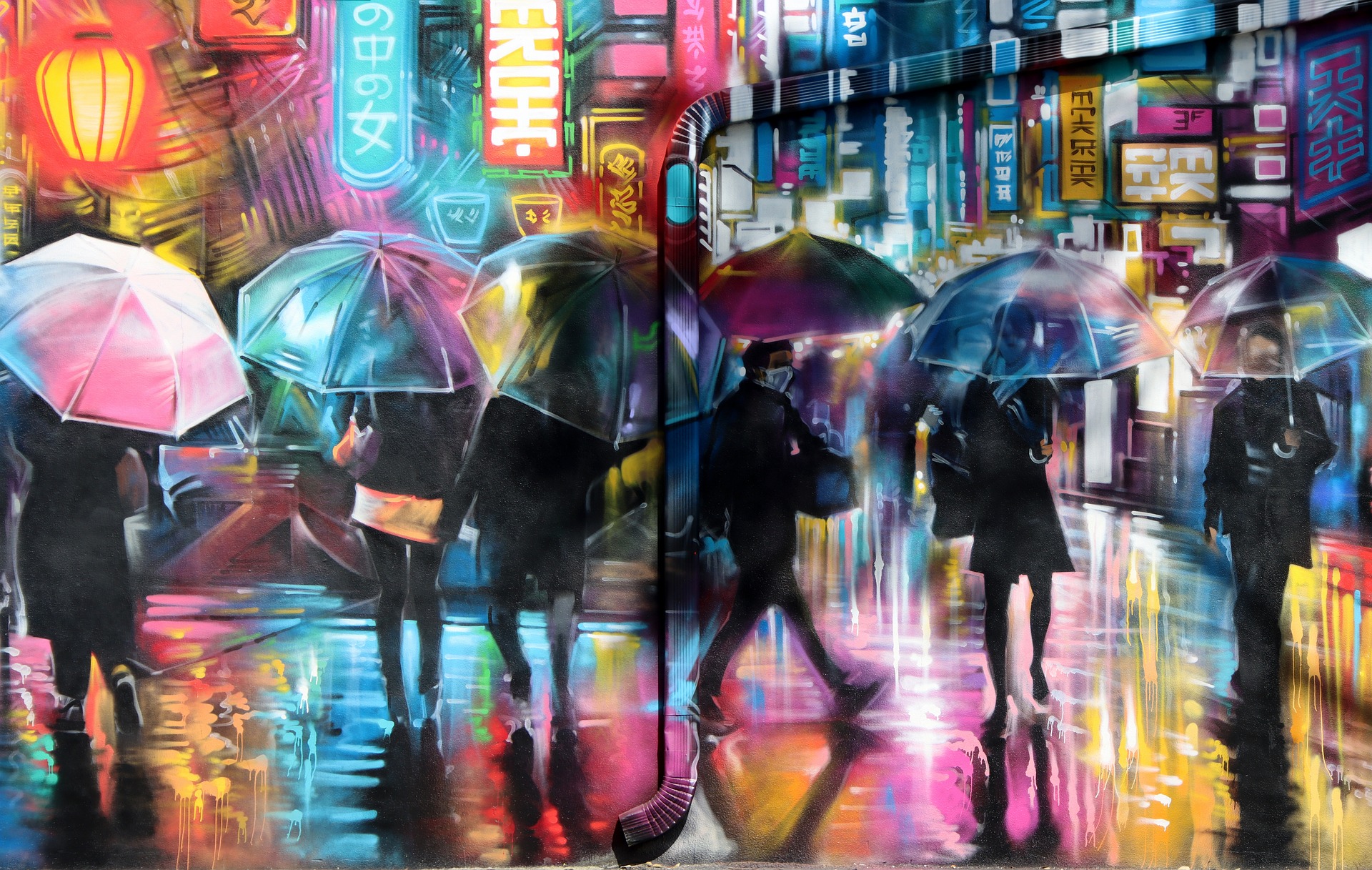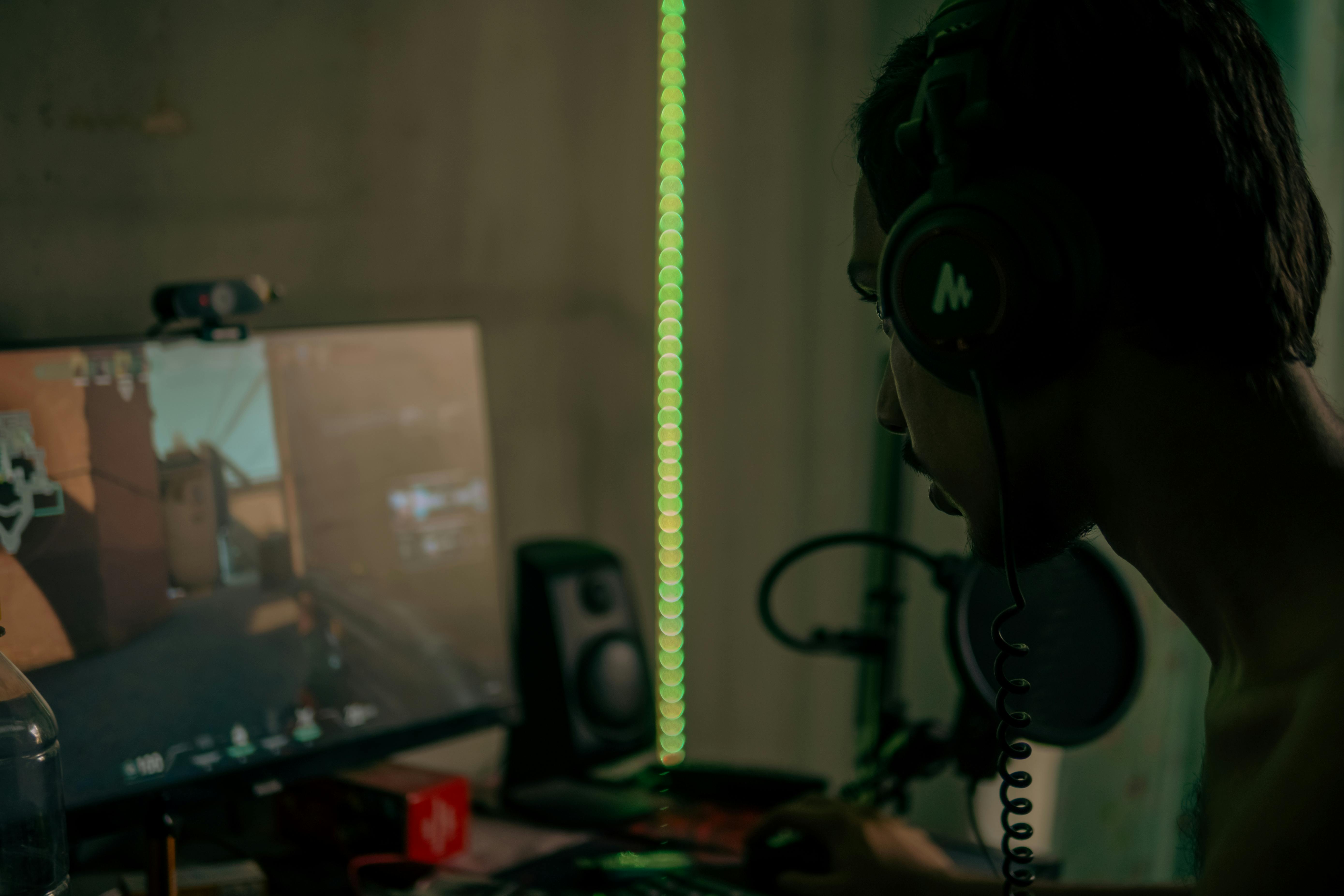Dissecting the Surge of Augmented Reality in Modern Art
Introduction: In an era where technology has become an integral part of our lives, art is not left untouched. Augmented Reality (AR) is the new canvas for artists, a platform where creativity meets innovation. Let's dive into this exciting world where art forms are reimagined, pushing the boundaries of human perception.

A New Dawn: The Inception of AR in Art
The birth of AR technology in the late 20th century offered a new realm of possibilities for artists. The technology allows digital elements to be superimposed onto our real-world environment, creating an immersive blend of physical and virtual realities. The first notable use of AR in the art world was in the 1990s, where artists like Myron Krueger and Char Davies began to experiment with virtual and augmented realities, marking the advent of a new artistic era.
The Current Canvas: AR in Today’s Art Scene
Fast forward to today, and AR is making waves in the contemporary art scene. Artists like Marina Abramovic and Olafur Eliasson are using AR to create engaging, interactive experiences, revolutionizing the way viewers interact with artworks. The 2020 exhibition “Seeing Through Babel” by Kevork Mourad in The Ismaili Centre, London, utilized AR to add a new dimension to his work, allowing viewers to see the artwork come alive through their smartphones.
Impact and Reception: AR as a Cultural Game Changer
AR’s impact on the art world is profound. By blending digital and physical spaces, artists can create experiences that challenge our perceptions of reality, pushing the boundaries of creativity. The technology facilitates a new level of viewer engagement, making art more accessible and interactive. The reception has been largely positive, with critics praising the innovative use of technology in enhancing artistic expression.
The Future Palette: Predictions for AR in Art
The future of AR in art looks promising. As technology continues to advance, artists will have even more tools at their disposal to create innovative, immersive experiences. Predictions suggest that AR could become a staple in museums and galleries, with virtual tours and interactive exhibits becoming the norm. Moreover, AR could democratize art, making it accessible to a broader audience, irrespective of geographical boundaries.
The Significance: Why AR Matters in Art
AR’s role in art is not just about creating a wow-factor. It’s about pushing the boundaries of what art can be, challenging our perceptions of reality, and engaging viewers in unprecedented ways. AR in art is a testament to the endless possibilities of human creativity when technology is harnessed as a tool for artistic expression.
In conclusion, AR is a groundbreaking force in the art world, offering a new canvas for creativity. Its ability to blend the digital and physical worlds has ushered in a new era of artistic expression, redefining our understanding of art in the process. As we continue to navigate this exciting frontier, one thing is clear: the future of art is augmented.




